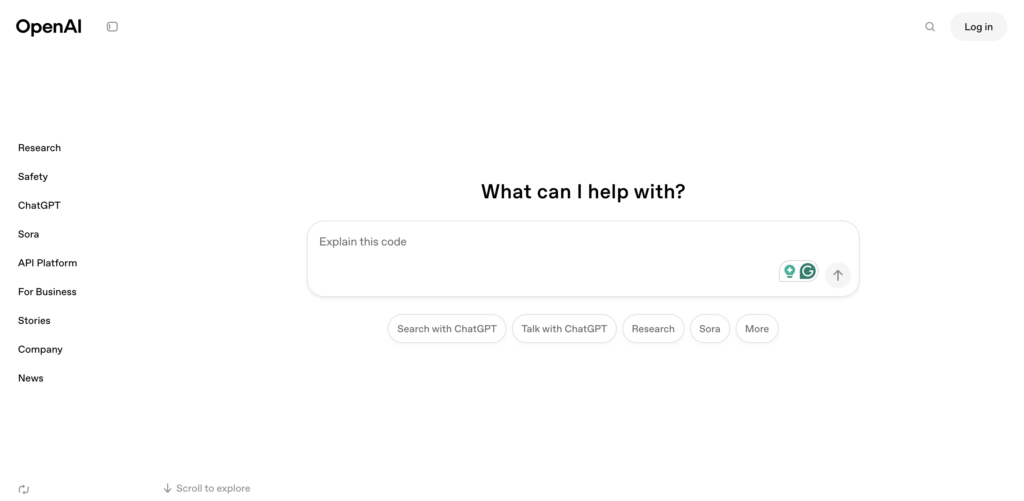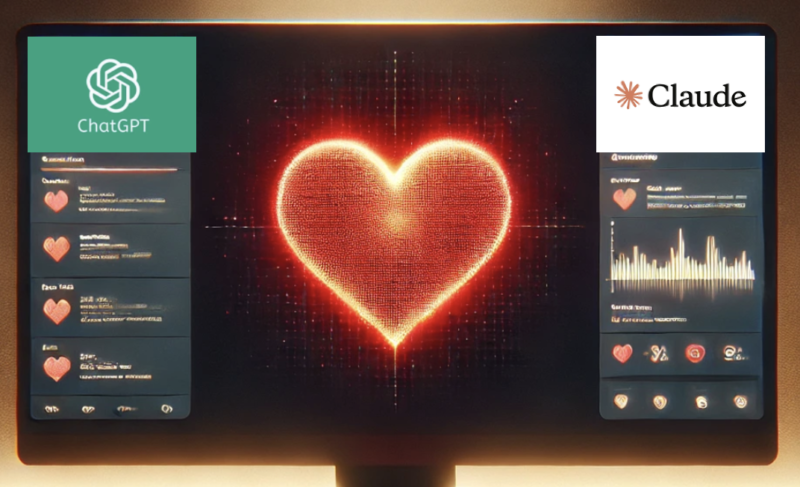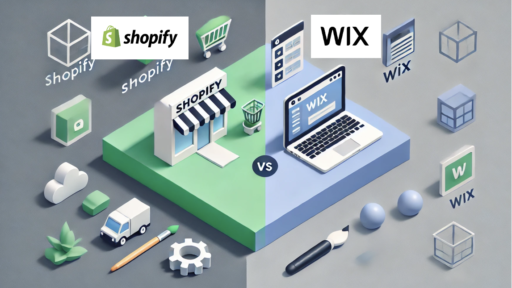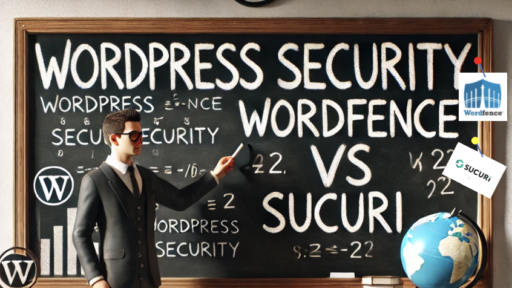AI assistants are no longer futuristic gimmicks—they’re now essential tools for productivity, research, communication, and creativity. At the forefront of this new digital companionship are ChatGPT, developed by OpenAI, and Claude.ai, from the ethically-minded AI firm Anthropic.
Both are brilliant in their own right, built on cutting-edge large language models. But they reflect two different philosophies: one leans toward powerful generalist, the other toward thoughtful specialist. The result is a growing debate among users, teams, and entire industries over which assistant to choose—and when it’s worth paying for the premium tiers.
Talking about ChatGPT vs. Claude.ai – Here’s a detailed look into what separates them, and who you might want to bring into your digital life.
Intelligence and Reasoning
ChatGPT, particularly in its GPT-4-turbo version available to Pro users, is fast, intuitive, and uncommonly skilled at interpreting nuance. It handles multi-step reasoning, speculative prompts, and code generation with impressive fluency. When working across disciplines—from fiction writing to data science—it adapts almost instantly.
Claude, in contrast, takes a more academic tone. It’s grounded, measured, and often aims to ensure its answers are logically valid before providing a response. Its precision is commendable, especially in knowledge-heavy domains. But it sometimes feels like it’s holding back in terms of creativity or lateral thinking.
Advantage: ChatGPT, for flexible, high-level reasoning.
Writing Style and Tone
ChatGPT is versatile. It shifts tone seamlessly depending on the prompt—formal or casual, witty or poetic, empathetic or stoic. It’s the kind of assistant that helps with a professional presentation at noon and a sci-fi story outline by night.
Claude’s style is more consistent. It tends toward polite, clear, and composed responses. It’s ideal for educational materials, summaries, and formal communication, but it rarely offers the same personality range as ChatGPT.
Advantage: ChatGPT, for voice flexibility and tonal control.
Safety, Ethics, and Guardrails
Anthropic’s Claude models are built with “Constitutional AI”—a framework that trains the assistant to follow a set of ethical guidelines without relying as heavily on reinforcement from human feedback. The result is a bot that is predictably safe, reliable, and unlikely to veer into controversial territory.
ChatGPT is also safety-aligned but slightly more permissive. With careful prompting, it allows a broader range of queries and creative exploration, which is an advantage for some use cases—and a risk for others.
Advantage: Claude.ai, for ethically cautious users and enterprise settings.
Tools and Versatility
This is where ChatGPT shifts from “smart assistant” to “full-stack toolset.”
If you’re using ChatGPT Pro, you’re not just chatting. You can:
- Browse the web
- Generate and edit images with DALL·E
- Run Python code
- Analyze uploaded PDFs, CSVs, and presentations
- Use memory across sessions
- Create and deploy custom GPTs for specific tasks
Claude does not offer tooling in this way. It’s a large language model without active plugins, file interpretation (beyond plain-text inputs), or image generation. Its strength lies in long-form reasoning and clarity—not modular functionality.
Advantage: ChatGPT Pro, decisively.

Claude.ai vs Claude.ai Pro
The free version of Claude gives users access to Claude 3 Haiku, the lightest model in the Claude 3 lineup. It’s responsive, accurate for most basic tasks, and well-suited for casual writing, Q&A, and summarization.
However, Claude Pro unlocks Claude 3 Opus, the most advanced model Anthropic has produced. It’s better at understanding longer inputs, managing structured reasoning, and maintaining coherence over extended tasks. It also comes with a significantly higher usage cap—ideal for researchers or enterprise-level use.
But even Claude 3 Opus lacks integration with files, images, tools, or APIs. While it’s a clear upgrade in performance, it doesn’t transform the assistant’s core capabilities.
Best for: Users focused on longform content, reading-heavy tasks, or ethics-driven AI.

ChatGPT vs ChatGPT Pro
The free version of ChatGPT runs on GPT-3.5. It’s fast, capable, and useful for general queries and casual use. But it’s noticeably less accurate, verbose, and creative than GPT-4-turbo.
ChatGPT Pro, priced at $20/month, is a complete upgrade:
- You gain access to GPT-4-turbo, which is faster and smarter than GPT-4.
- You unlock tools, including browsing, code interpreter, file upload and analysis, and image generation.
- You gain memory, meaning the chatbot can remember preferences across sessions.
- You can create custom GPTs, giving you AI tuned for your exact use case—marketing, HR, product planning, teaching, and more.
The difference between ChatGPT Free and Pro is not subtle. It’s the difference between asking a smart assistant for help—and getting a dedicated digital team member.
Best for: Power users, developers, content creators, data analysts, and anyone whose work blends information and execution.
When Do You Need ChatGPT Pro?
You need ChatGPT Pro when your use case goes beyond casual interaction. Specifically:
- You want speed and reliability: GPT-4-turbo answers faster and with better accuracy than GPT-3.5.
- You need tool integration: If you’re uploading PDFs, writing code, browsing the web for real-time data, or generating images, only Pro unlocks those features.
- You run a business: From writing marketing emails to summarizing documents or creating visual content, ChatGPT Pro can replace or support entire roles.
- You want consistency: Pro comes with memory, which means your GPT remembers preferences, tone, names, and more.
- You want flexibility: With the custom GPT feature, you can create niche tools tailored for legal writing, investment summaries, SEO tasks, or even running creative writing workshops.
In short, ChatGPT Pro isn’t just an upgrade. It’s a shift from useful assistant to operational backbone. If you’re relying on AI to save time, create value, or boost your output—$20 per month is a remarkably low barrier.
Final Verdict: Which One Should You Love?
After weeks of real-world testing ChatGPT vs. Claude.ai, the conclusion is clear.
ChatGPT is the superior all-round assistant. It’s faster, more capable, and backed by a broader range of features. With its Pro tier, it evolves from a chatbot into a digital Swiss Army knife—handling tasks across writing, coding, design, research, and analytics. If you want a single AI to support your day-to-day needs, ChatGPT is the one to choose.
Claude.ai, while limited in scope, is a strong option for specific types of users. Its clarity, ethical focus, and structured reasoning make it the best choice for longform, risk-sensitive tasks. It’s also a great fit for those who prioritize AI alignment and safety above all else.
But in the contest of who to love—who to integrate into your daily rhythm, who becomes essential to your workflow—the edge goes to ChatGPT.
Love Claude for depth and discipline.
But fall head over heels for ChatGPT.
FAQ:
ChatGPT Pro is generally better suited for professional use due to its broader range of tools—code execution, file analysis, image generation, and web browsing. It supports diverse workflows across writing, development, marketing, and data analysis. Claude Pro, while powerful in structured reasoning and document analysis, is more limited in versatility.
Claude.ai is considered the safer option for sensitive or ethically charged content. It is designed with Constitutional AI principles that emphasize alignment and cautious output. ChatGPT also incorporates strong safety features, but it offers more flexibility and creative latitude, which can sometimes lead to less constrained results.
Yes. ChatGPT Pro unlocks GPT-4-turbo, significantly outperforming GPT-3.5 in accuracy, speed, and capabilities. Pro also includes advanced tools, memory, and the ability to build custom GPTs—none of which are available in the free tier. For frequent users or professionals, the upgrade provides substantial value.






